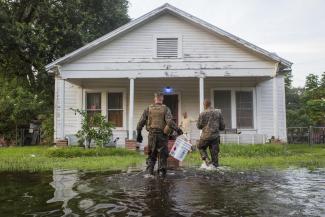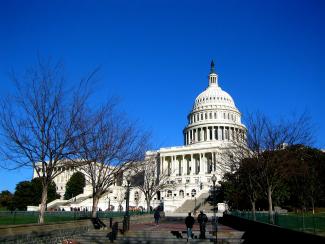Public Health Consequences of Hurricane Harvey Continue to Unfold

Just over five months have elapsed since Hurricane Harvey battered the Texas Coast, dropping more than 50 inches of rain on parts of the Houston area. The storm’s devastation was swift, killing 88 people and displacing many thousands. Yet, Harvey’s full impacts continue to unfold. Beyond imposing huge material losses, the storm has taken a significant toll on the health of those in its wake. It may be wise to understand storm events like Harvey not only as short-term physical disruptors, but as public health crises that will likely unfold over many years, long after media attention and political will to respond may have cooled.








